Pantera Capital, a crypto venture capital firm with over $5 billion worth of assets under management, has invested in The Open Network (TON).
Published in B&T Latest News 2 May, 2024 by The bizandtech.net Newswire Staff
Pantera Capital invests in The Open Network, looking to capitalize on Telegram users
Published in B&T Latest News 2 May, 2024 by The bizandtech.net Newswire Staff
I Saw the TV Glow is a tribute to the transformative power of fandom

Image: A24
A24’s I Saw the TV Glow from writer / director Jane Schoenbrun is a brilliant exploration of how people can find and lose themselves in the media they love.
Published in B&T Latest News 2 May, 2024 by The bizandtech.net Newswire Staff
Unleashing the Potential of dApp Development: A Deep Dive into Decentralized Applications
In the era of blockchain technology, decentralized applications (dApps) have emerged as a transformative force, revolutionizing various industries by offering transparent, secure, and censorship-resistant solutions. Unlike traditional applications that rely on centralized servers, dApps leverage blockchain technology to operate on a decentralized network of nodes, providing users with unprecedented control over their data and transactions. In this blog post, we’ll delve into the world of dApp development, exploring its underlying principles, key components, and potential applications.
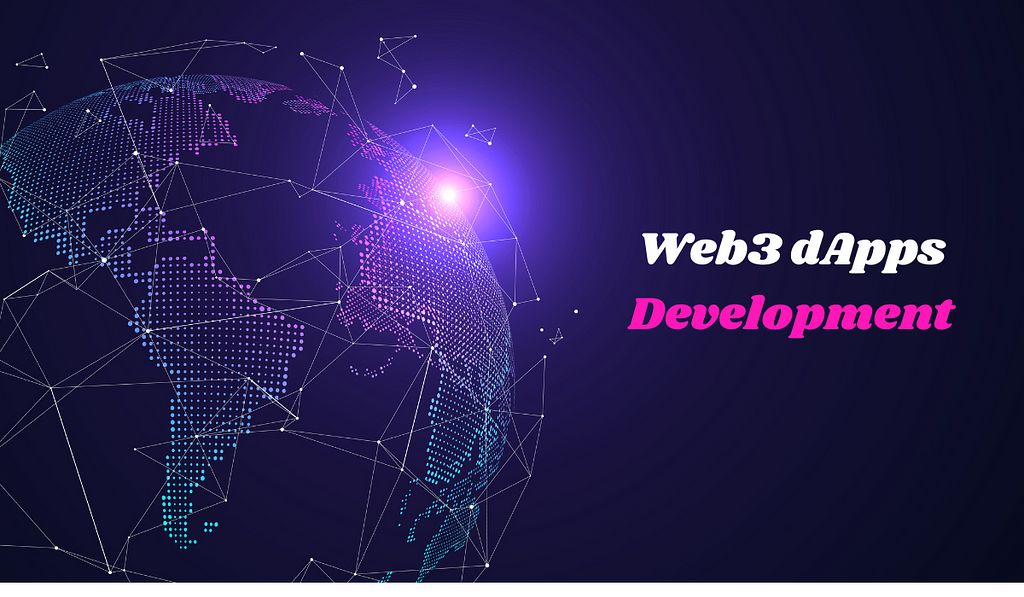 Understanding dApps: Decentralization in Action
Understanding dApps: Decentralization in Action
At its core, a decentralized application is a software application that runs on a decentralized network of computers, utilizing blockchain technology to store and process data. Unlike centralized applications, which are controlled by a single entity, dApps operate autonomously, with no single point of failure or censorship.
1. Decentralized Architecture: The hallmark of a dApp is its decentralized architecture, which eliminates the need for intermediaries and central authorities. Transactions and data are recorded on a distributed ledger, ensuring transparency and immutability.
2. Smart Contracts: Smart contracts form the backbone of dApps, enabling automated and self-executing agreements between parties. These programmable contracts are deployed on the blockchain and automatically enforce the terms and conditions agreed upon by the involved parties.
3. Consensus Mechanisms: Consensus mechanisms such as Proof of Work (PoW) or Proof of Stake (PoS) ensure the integrity and security of the blockchain network. By reaching consensus on the validity of transactions, nodes in the network maintain the integrity of the distributed ledger.
Components of dApp Development
Developing a dApp involves a combination of blockchain technology, cryptography, and traditional software development practices. Key components of dApp development include:
1. Blockchain Protocol: Selecting the appropriate blockchain protocol is crucial for dApp development. Popular choices include Ethereum, EOS, and TRON, each offering unique features and functionalities tailored to specific use cases.
2. Smart Contract Development: Smart contracts are the building blocks of dApps, governing the rules and logic of the application. Solidity, a programming language specifically designed for smart contract development, is commonly used for writing and deploying smart contracts on the Ethereum blockchain.
3. Frontend Development: The frontend of a dApp is typically built using web technologies such as HTML, CSS, and JavaScript. Web3.js and similar libraries allow developers to interact with the blockchain and smart contracts directly from the user’s web browser.
4. Backend Infrastructure: While dApps are decentralized at the protocol level, they may still require backend infrastructure for tasks such as data storage, user authentication, and off-chain processing. IPFS (InterPlanetary File System) and Swarm are decentralized storage solutions commonly used in dApp development.
5. User Interface (UI) Design: Designing an intuitive and user-friendly interface is essential for dApp adoption. User experience (UX) considerations such as responsive design, clear navigation, and seamless interactions play a crucial role in attracting and retaining users.
Potential Applications of dApps
The versatility of dApps extends across various industries, offering innovative solutions to existing challenges. Some potential applications of dApps include:
1. Decentralized Finance (DeFi): DeFi platforms leverage dApps to provide financial services such as lending, borrowing, and trading without the need for traditional financial intermediaries. Examples include decentralized exchanges (DEXs), lending protocols, and stablecoin platforms.
2. Supply Chain Management: dApps can enhance transparency and traceability in supply chains by recording transactions and tracking the movement of goods on a distributed ledger. This enables stakeholders to verify the authenticity and provenance of products, reducing fraud and counterfeiting.
3. Identity Management: dApps offer decentralized identity solutions that enable users to control and manage their digital identities securely. By leveraging blockchain-based authentication mechanisms, dApps can eliminate the need for centralized identity providers and enhance privacy and security.
4. Gaming and Entertainment: The gaming industry is ripe for disruption with the advent of blockchain-based dApps. These decentralized gaming platforms enable players to own and trade in-game assets securely, fostering a new era of ownership and interoperability in gaming.
Challenges and Considerations
While dApps hold immense promise, they also face several challenges and considerations, including scalability, interoperability, and regulatory compliance. Scalability remains a key bottleneck for blockchain networks, with throughput and transaction fees often limiting the adoption of dApps. Interoperability between different blockchains and legacy systems is another hurdle that dApp developers must address to ensure seamless integration and data exchange. Additionally, navigating the evolving regulatory landscape presents challenges for dApp developers, as compliance requirements vary across jurisdictions and may impact the development and deployment of decentralized applications.
Conclusion: Embracing the Future of Decentralized Applications
In conclusion, dApp development represents a paradigm shift in the way we conceptualize and interact with software applications. By harnessing the power of blockchain technology, dApps offer a new paradigm of decentralization, transparency, and trust in various industries. As developers continue to innovate and overcome technical and regulatory challenges, the potential of dApps to disrupt and transform existing business models is limitless. Embracing dApp development opens up a world of possibilities, paving the way for a more decentralized and inclusive future.
Unleashing the Potential of dApp Development: A Deep Dive into Decentralized Applications was originally published in Coinmonks on Medium, where people are continuing the conversation by highlighting and responding to this story.
Published in B&T Latest News 2 May, 2024 by The bizandtech.net Newswire Staff
Unleashing the Potential of dApp Development: A Deep Dive into Decentralized Applications
In the era of blockchain technology, decentralized applications (dApps) have emerged as a transformative force, revolutionizing various industries by offering transparent, secure, and censorship-resistant solutions. Unlike traditional applications that rely on centralized servers, dApps leverage blockchain technology to operate on a decentralized network of nodes, providing users with unprecedented control over their data and transactions. In this blog post, we’ll delve into the world of dApp development, exploring its underlying principles, key components, and potential applications.
 Understanding dApps: Decentralization in Action
Understanding dApps: Decentralization in Action
At its core, a decentralized application is a software application that runs on a decentralized network of computers, utilizing blockchain technology to store and process data. Unlike centralized applications, which are controlled by a single entity, dApps operate autonomously, with no single point of failure or censorship.
1. Decentralized Architecture: The hallmark of a dApp is its decentralized architecture, which eliminates the need for intermediaries and central authorities. Transactions and data are recorded on a distributed ledger, ensuring transparency and immutability.
2. Smart Contracts: Smart contracts form the backbone of dApps, enabling automated and self-executing agreements between parties. These programmable contracts are deployed on the blockchain and automatically enforce the terms and conditions agreed upon by the involved parties.
3. Consensus Mechanisms: Consensus mechanisms such as Proof of Work (PoW) or Proof of Stake (PoS) ensure the integrity and security of the blockchain network. By reaching consensus on the validity of transactions, nodes in the network maintain the integrity of the distributed ledger.
Components of dApp Development
Developing a dApp involves a combination of blockchain technology, cryptography, and traditional software development practices. Key components of dApp development include:
1. Blockchain Protocol: Selecting the appropriate blockchain protocol is crucial for dApp development. Popular choices include Ethereum, EOS, and TRON, each offering unique features and functionalities tailored to specific use cases.
2. Smart Contract Development: Smart contracts are the building blocks of dApps, governing the rules and logic of the application. Solidity, a programming language specifically designed for smart contract development, is commonly used for writing and deploying smart contracts on the Ethereum blockchain.
3. Frontend Development: The frontend of a dApp is typically built using web technologies such as HTML, CSS, and JavaScript. Web3.js and similar libraries allow developers to interact with the blockchain and smart contracts directly from the user’s web browser.
4. Backend Infrastructure: While dApps are decentralized at the protocol level, they may still require backend infrastructure for tasks such as data storage, user authentication, and off-chain processing. IPFS (InterPlanetary File System) and Swarm are decentralized storage solutions commonly used in dApp development.
5. User Interface (UI) Design: Designing an intuitive and user-friendly interface is essential for dApp adoption. User experience (UX) considerations such as responsive design, clear navigation, and seamless interactions play a crucial role in attracting and retaining users.
Potential Applications of dApps
The versatility of dApps extends across various industries, offering innovative solutions to existing challenges. Some potential applications of dApps include:
1. Decentralized Finance (DeFi): DeFi platforms leverage dApps to provide financial services such as lending, borrowing, and trading without the need for traditional financial intermediaries. Examples include decentralized exchanges (DEXs), lending protocols, and stablecoin platforms.
2. Supply Chain Management: dApps can enhance transparency and traceability in supply chains by recording transactions and tracking the movement of goods on a distributed ledger. This enables stakeholders to verify the authenticity and provenance of products, reducing fraud and counterfeiting.
3. Identity Management: dApps offer decentralized identity solutions that enable users to control and manage their digital identities securely. By leveraging blockchain-based authentication mechanisms, dApps can eliminate the need for centralized identity providers and enhance privacy and security.
4. Gaming and Entertainment: The gaming industry is ripe for disruption with the advent of blockchain-based dApps. These decentralized gaming platforms enable players to own and trade in-game assets securely, fostering a new era of ownership and interoperability in gaming.
Challenges and Considerations
While dApps hold immense promise, they also face several challenges and considerations, including scalability, interoperability, and regulatory compliance. Scalability remains a key bottleneck for blockchain networks, with throughput and transaction fees often limiting the adoption of dApps. Interoperability between different blockchains and legacy systems is another hurdle that dApp developers must address to ensure seamless integration and data exchange. Additionally, navigating the evolving regulatory landscape presents challenges for dApp developers, as compliance requirements vary across jurisdictions and may impact the development and deployment of decentralized applications.
Conclusion: Embracing the Future of Decentralized Applications
In conclusion, dApp development represents a paradigm shift in the way we conceptualize and interact with software applications. By harnessing the power of blockchain technology, dApps offer a new paradigm of decentralization, transparency, and trust in various industries. As developers continue to innovate and overcome technical and regulatory challenges, the potential of dApps to disrupt and transform existing business models is limitless. Embracing dApp development opens up a world of possibilities, paving the way for a more decentralized and inclusive future.
Unleashing the Potential of dApp Development: A Deep Dive into Decentralized Applications was originally published in Coinmonks on Medium, where people are continuing the conversation by highlighting and responding to this story.
Published in B&T Latest News · Business Features 2 May, 2024 by The bizandtech.net Newswire Staff
Understanding Blockchain Rollups
Unlocking Scalability
Exploring the Potential of Blockchain Rollups – Koop360
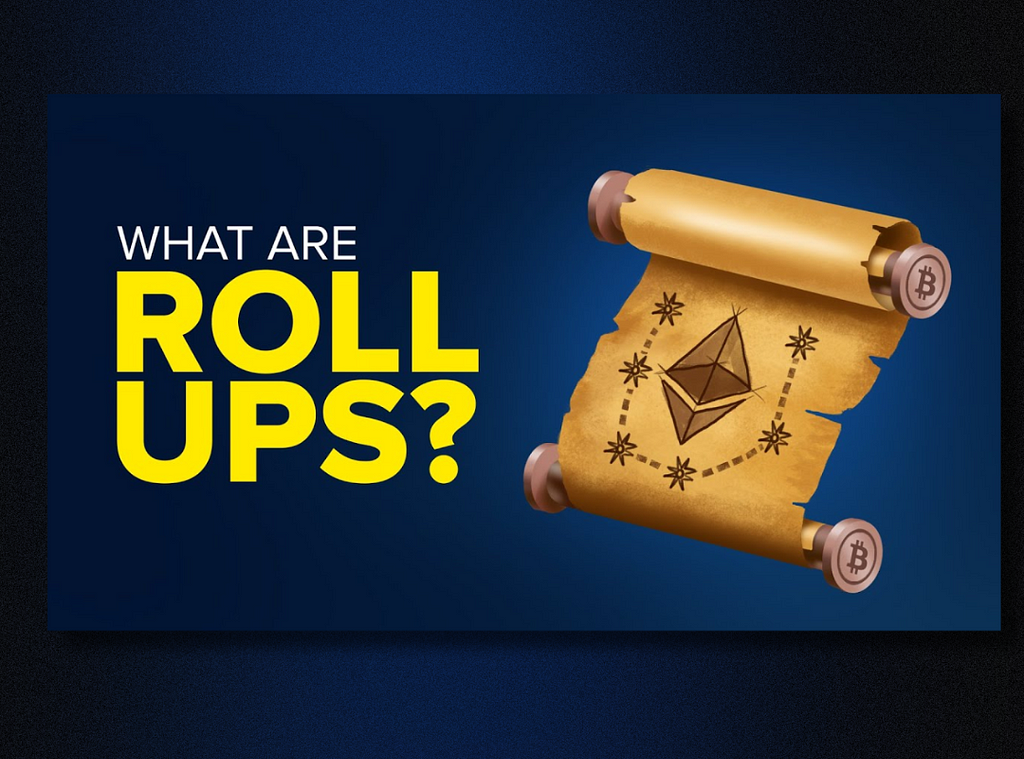 In the realm of blockchain technology, scalability has long been a paramount concern. As networks grow and gain traction, the ability to handle a large volume of transactions becomes crucial for mainstream adoption. Blockchain rollups emerge as a promising solution to this challenge, offering a pathway to significantly enhance scalability without compromising on security or decentralization.
In the realm of blockchain technology, scalability has long been a paramount concern. As networks grow and gain traction, the ability to handle a large volume of transactions becomes crucial for mainstream adoption. Blockchain rollups emerge as a promising solution to this challenge, offering a pathway to significantly enhance scalability without compromising on security or decentralization.
In this article, we delve deep into the concept of blockchain rollups, exploring their mechanics, types, benefits, and implications for the broader blockchain ecosystem.
The Scalability Conundrum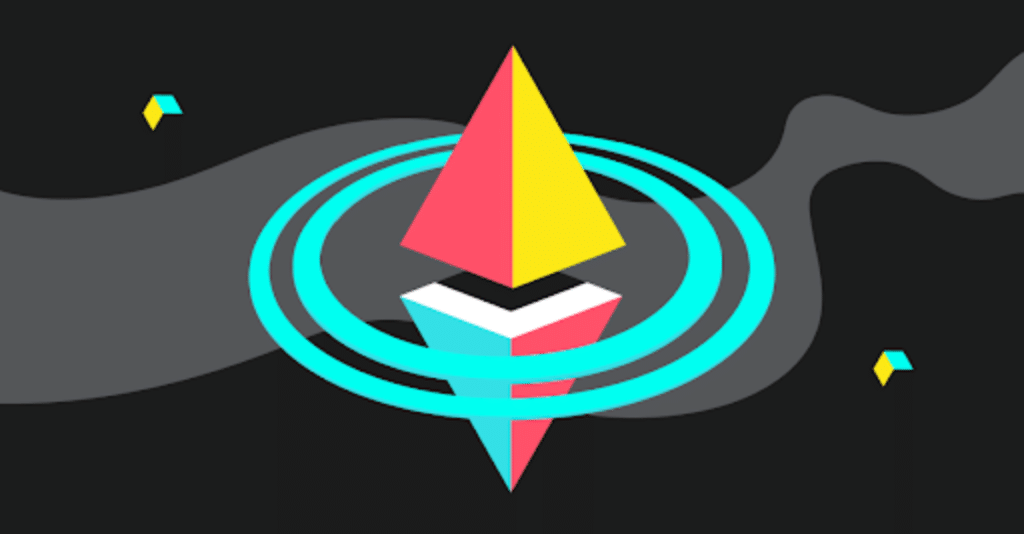
At its core, blockchain technology promises decentralization, immutability, and transparency. However, these strengths come with inherent limitations, particularly regarding scalability. Traditional blockchains, like Ethereum, process transactions sequentially, meaning each transaction must wait its turn to be included in a block. As demand surges, transaction backlogs form, leading to increased fees and slower confirmation times. This scalability bottleneck poses a significant barrier to the widespread adoption of blockchain technology, particularly for applications requiring high throughput, such as decentralized finance (DeFi) and non-fungible tokens (NFTs).
Enter Blockchain Rollups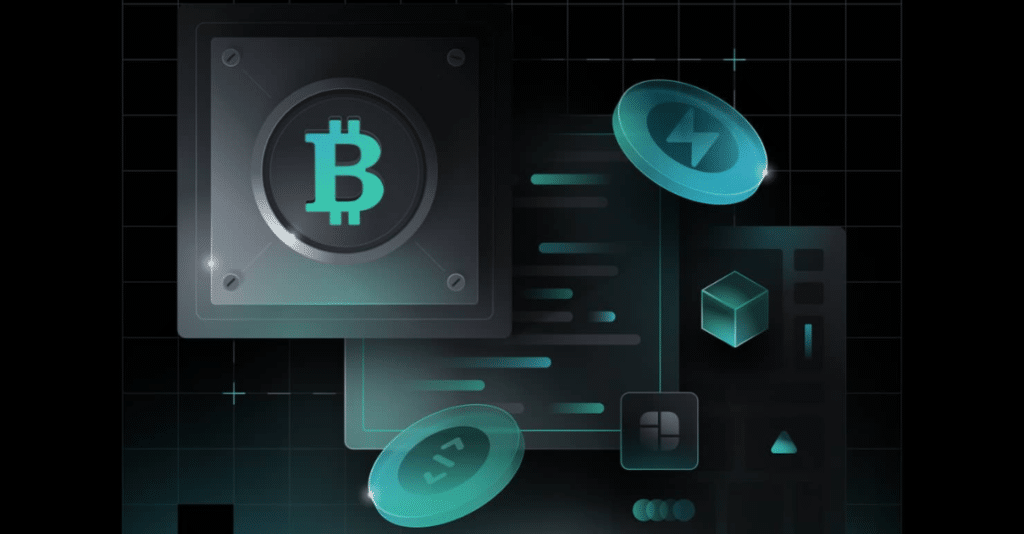
Blockchain rollups present a compelling solution to the scalability conundrum by leveraging off-chain computation and aggregation techniques to process transactions more efficiently. Rather than executing every transaction directly on the main blockchain, rollups bundle multiple transactions together off-chain before submitting a condensed representation to the underlying blockchain. This approach significantly reduces the computational burden on the main chain, enabling it to handle a much higher volume of transactions.
Types of Blockchain Rollups: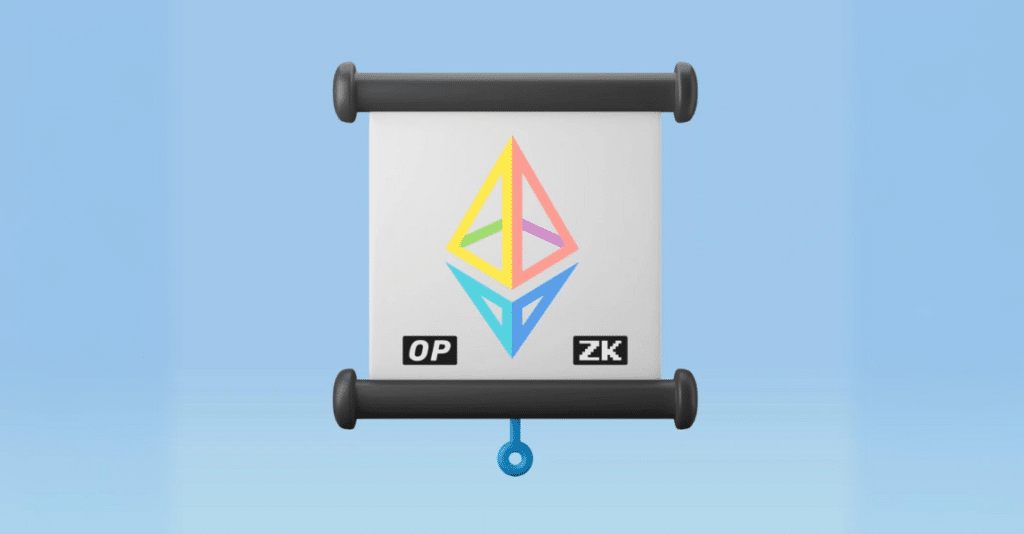
Two primary types of blockchain rollups have emerged, each employing distinct mechanisms to achieve scalability:
1. Optimistic Rollups: Optimistic rollups operate on the principle of optimism, assuming that most transactions are valid unless proven otherwise. In this approach, transactions are processed off-chain by a set of validators who bundle them into a block. This block is then submitted to the main blockchain along with a cryptographic proof attesting to its validity. Validators are incentivized to act honestly, as their deposits serve as collateral and can be forfeited in case of malfeasance. If a dispute arises regarding the validity of a transaction, a challenge period is initiated, during which any participant can submit contradictory evidence. If no valid challenge is raised within the challenge period, the block is considered finalized, and its contents are accepted as valid.
2. ZK-Rollups (Zero-Knowledge Rollups): ZK-Rollups take a different approach, harnessing the power of zero-knowledge proofs to validate transactions off-chain. In this model, transactions are aggregated and processed privately, with only the resulting proof of validity submitted to the main chain. Zero-knowledge proofs allow validators to assert the correctness of transactions without revealing their contents, preserving privacy while ensuring security. This approach not only enhances scalability but also enables privacy-preserving smart contracts and transactions, opening up new possibilities for blockchain applications.
Benefits of Blockchain Rollups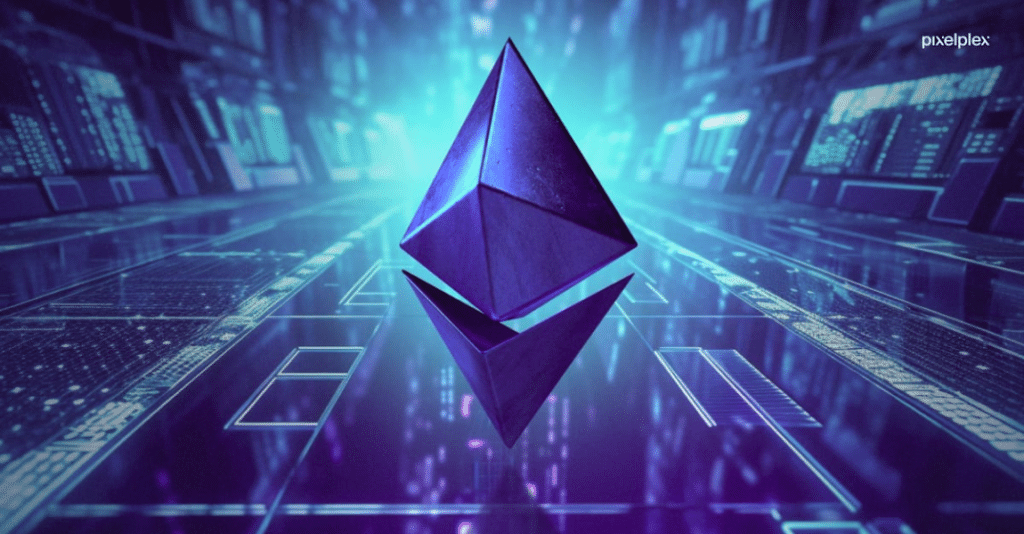
Blockchain rollups offer a host of benefits that make them an attractive scaling solution for blockchain networks:
Scalability: By processing transactions off-chain and aggregating them into succinct representations, rollups dramatically increase the transaction throughput of blockchain networks, enabling them to handle a larger volume of transactions without sacrificing performance.
Reduced Fees: With fewer transactions competing for inclusion in each block, rollups alleviate congestion on the main blockchain, leading to lower transaction fees for users.
Improved User Experience: Faster confirmation times and lower fees translate to a smoother and more seamless user experience, making blockchain applications more accessible to a broader audience.
Privacy: ZK-Rollups, in particular, offer enhanced privacy by allowing transactions to be validated without revealing their contents. This privacy-preserving feature is particularly valuable for applications handling sensitive data or financial transactions.
Security: Despite processing transactions off-chain, both optimistic and ZK-rollups maintain the security and integrity of the underlying blockchain through cryptographic proofs and incentivized validation mechanisms.
Implications for the Blockchain Ecosystem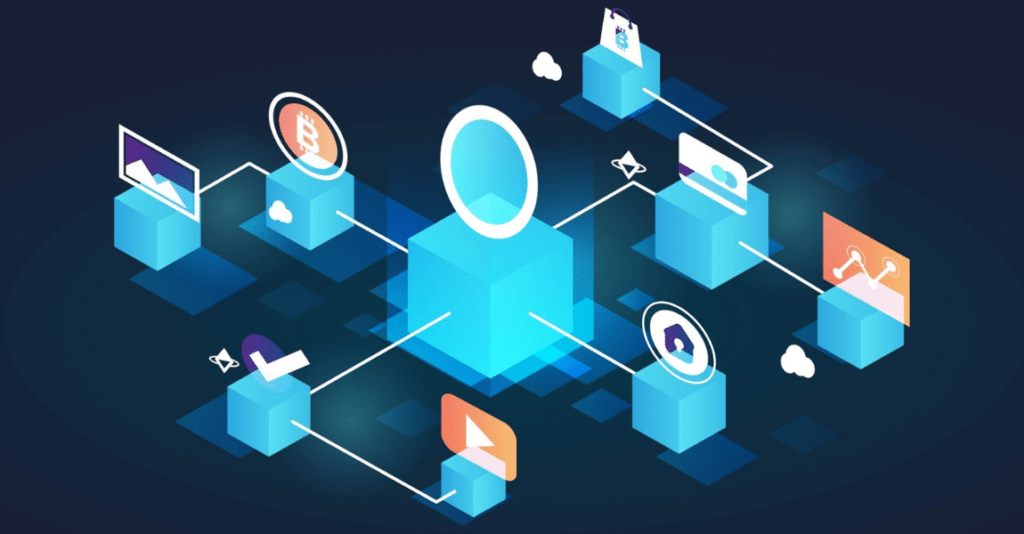
The adoption of blockchain rollups holds significant implications for the broader blockchain ecosystem:
Scalability Trilemma: Blockchain rollups represent a crucial step towards resolving the scalability trilemma, which posits that blockchains can only achieve two out of three properties: scalability, security, and decentralization. By enhancing scalability without compromising security or decentralization, rollups offer a promising avenue for achieving all three goals simultaneously.
Ecosystem Growth: Improved scalability unlocks new possibilities for blockchain applications, particularly in sectors such as decentralized finance (DeFi), gaming, supply chain management, and digital identity. As transaction throughput increases and fees decrease, developers are empowered to build more complex and resource-intensive applications on blockchain platforms.
Interoperability: Blockchain rollups have the potential to facilitate interoperability between different blockchain networks by enabling seamless transfer of assets and data across disparate platforms. This interoperability paves the way for a more connected and cohesive blockchain ecosystem, fostering innovation and collaboration across projects.
Regulatory Considerations: As blockchain technology matures and gains mainstream acceptance, regulatory authorities are increasingly scrutinizing its implications for consumer protection, financial stability, and compliance. The adoption of blockchain rollups may influence regulatory approaches by addressing concerns related to scalability, privacy, and transaction efficiency.
CONCLUSION

Blockchain rollups represent a groundbreaking advancement in the quest for blockchain scalability, offering a pragmatic solution to one of the technology’s most pressing challenges. By leveraging off-chain computation, aggregation techniques, and cryptographic primitives, rollups enable blockchain networks to process transactions more efficiently without compromising on security or decentralization. As the adoption of blockchain rollups continues to accelerate, the stage is set for a new era of innovation, collaboration, and mainstream adoption in the blockchain ecosystem.
Understanding Blockchain Rollups was originally published in Coinmonks on Medium, where people are continuing the conversation by highlighting and responding to this story.
Published in B&T Latest News 2 May, 2024 by The bizandtech.net Newswire Staff
AI: Apex Raises $7 Million Seed Funding, Backed by Big Names
Artificial Intelligence (AI) firm Apex is reporting a $7 million Seed round led by big-name investors. According to Apex, which has just emerged from stealth, Sequoia Capital and Index Ventures led the funding. Other prominent investors included Sam Altman, CEO of OpenAI. Apexi is a security… Read More
Published in B&T Latest News 2 May, 2024 by The bizandtech.net Newswire Staff
Bitcoin’s average daily transaction fees fall back to Ethereum levels after Runes hype subsides
Average daily transaction fees on Bitcoin surged to a record $25.8 million on April 24 before falling back to $4.1 million on Wednesday.
Published in B&T Latest News 2 May, 2024 by The bizandtech.net Newswire Staff
Microsoft launches passkey support for all consumer accounts

Illustration: The Verge
Microsoft is fully rolling out passkey support for all consumer accounts today. After enabling them in Windows 11 last year, Microsoft account owners can also now generate passkeys across Windows, Android, and iOS. This makes it effortless to sign in to a Microsoft account without having to type a password in every time.
You can create passkeys for your Microsoft account by following this link, and you can choose your face, fingerprint, PIN, or a security key to use a device to sign in with a passkey.
Image: Microsoft
How passkeys work when you sign in to a Microsoft account.
“Today, you can use a passkey to sign in to Microsoft apps and websites, including Microsoft 365 and Copilot on desktop and mobile…